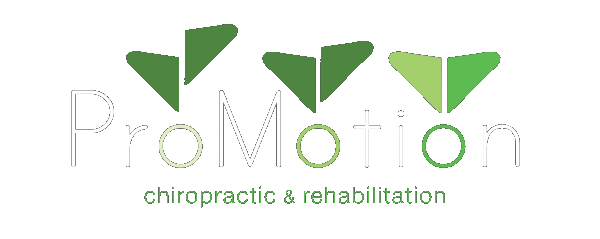When treating patients I commonly find tight and painful muscles directly or indirectly associated with the major complaint the patient is being treated for. I hear “Why is that muscle tight? It’s not even near my pain.” or “I didn’t even know that muscle was so tight!”
Tightness is often a way that the body uses parking brakes in the absence of real, authentic braking systems. The braking system that the body has is called motor control and it is finely tuned to input, processing and appropriate output. When a fault is present somewhere in that system—somewhere in movement, somewhere in that coordination, timing and symmetry—a dysfunction is observable.
The body is set up to do what you ask of it, and in a situation where the strength or coordination are not present, it simply creates a parking brake system—one that tends to stay engaged, slow you down and keep you out of trouble. This parking brake is a fail-safe in the presence of fatigue, injury, protection of other structures and avoidance of pain. You may have some limited improvement in control, but you also waste energy and lose efficiency. The weakness issue remains evident. It is often deconditioning; it’s body-wide and not isolated and it’s easily fixed by getting up and moving today . . . and then moving a little more tomorrow. However, isolated weakness is rarely just weakness.
Isolated inhibition of a single muscle or group of muscles is best diagnosed in rehabilitation as a neurological problem or impairment resulting from injury, disease or dysfunction. The subtle and background inhibition I’m speaking of is the inability for a muscle to take a command to an appropriate level of tone to execute a posture or a pattern. Our real problem here is when we simply discuss tightness or weakness of a muscle, we can go down the rabbit hole thinking it’s a muscle problem. Very often, it’s a coordination problem.
If there is tissue tightening, everything from deep fascia to superficial scarring or scar tissue from a previous injury, the muscles will be told to tighten prematurely or even maintain a significant amount of resting tone simply to protect the kink in the system. This tightness can also be preserved not from a signal from other tissues but it can be left over from a previous injury that has already been resolved. The muscles never got the memo.
Sometimes patients are confused when I prescribe exercise for a chronically tight muscle. “Isn’t the muscle too strong already?”. The simple answer is “no”. Because of a lack of strength, poor coordination, or engrained guarding from a previous injury, the brain thinks it’s only option is to contract that muscle as hard as possible to provide the only control it can. By improving the connection of the brain to the muscle (coordination), improving strength, or retraining movement patterns the brain can finally create a new habit or movement (incorporating strength and coordination) which allows those muscle to relax to a “normal” level.

